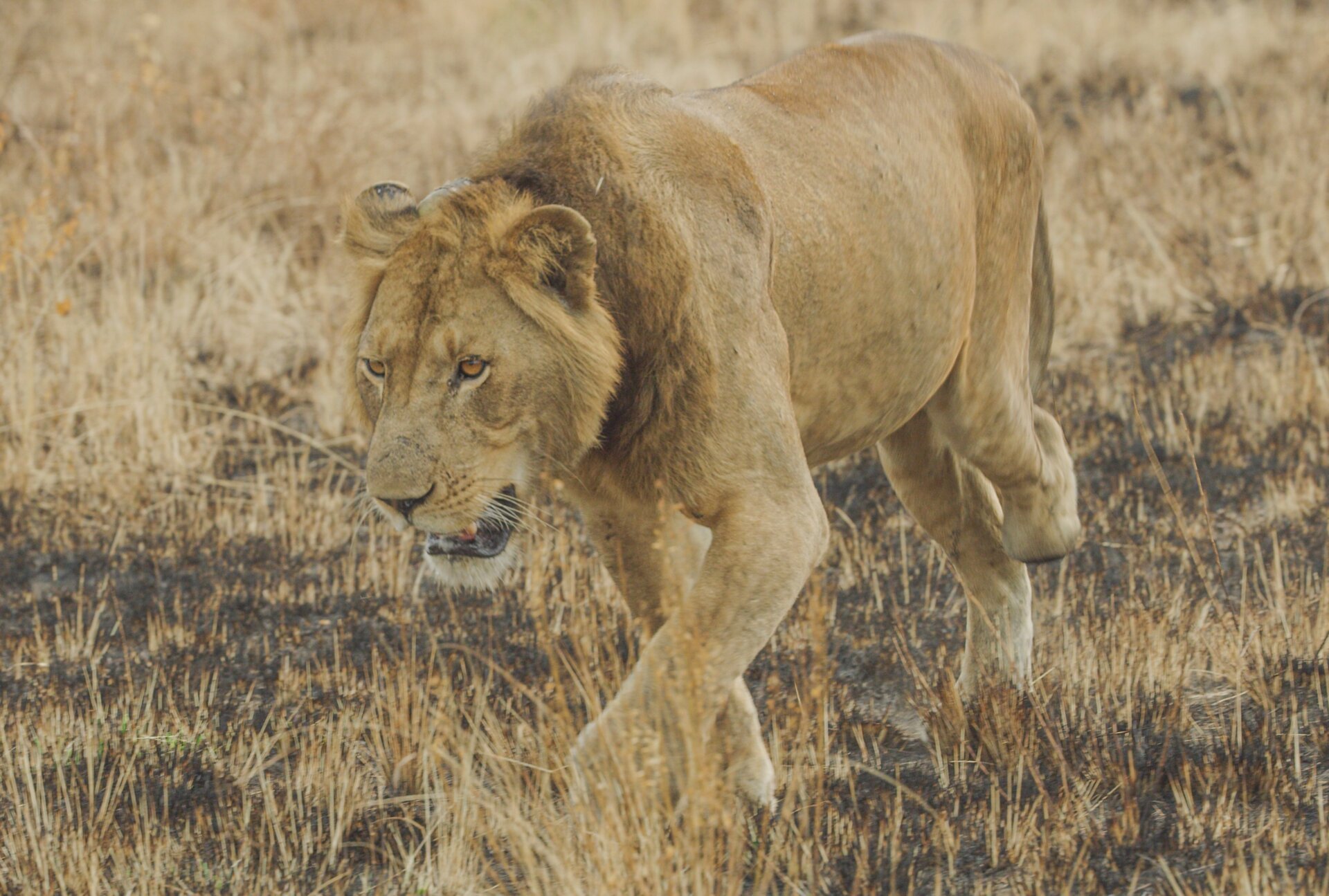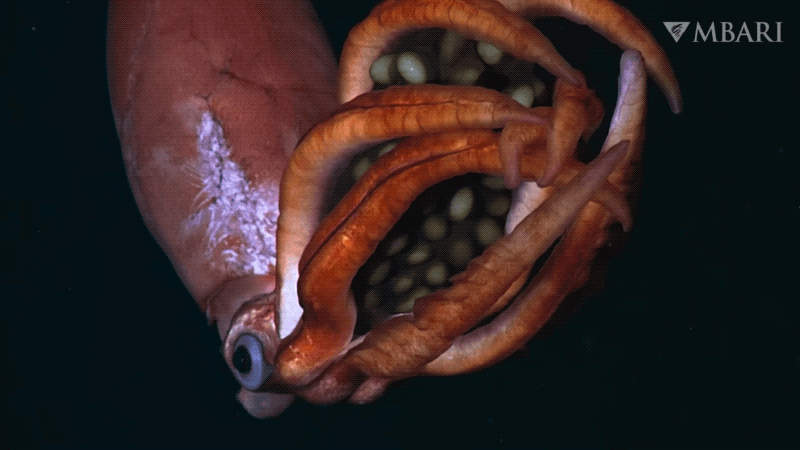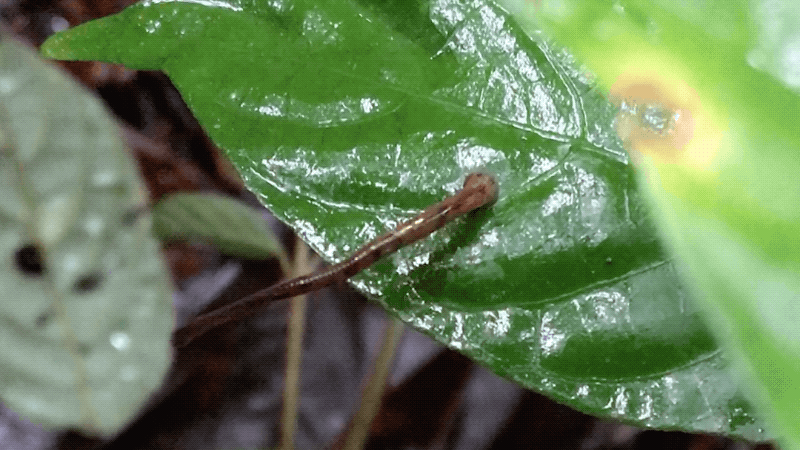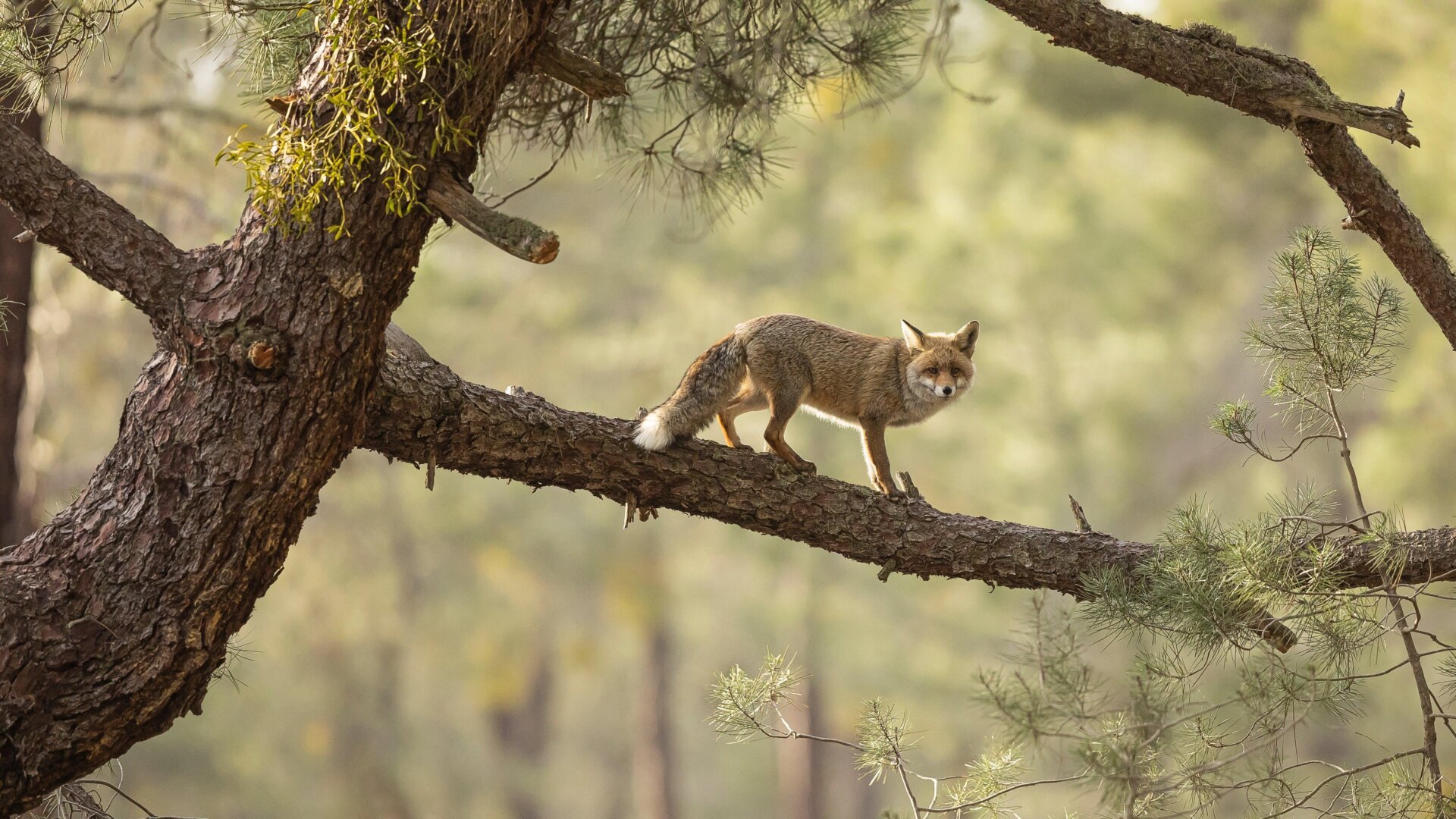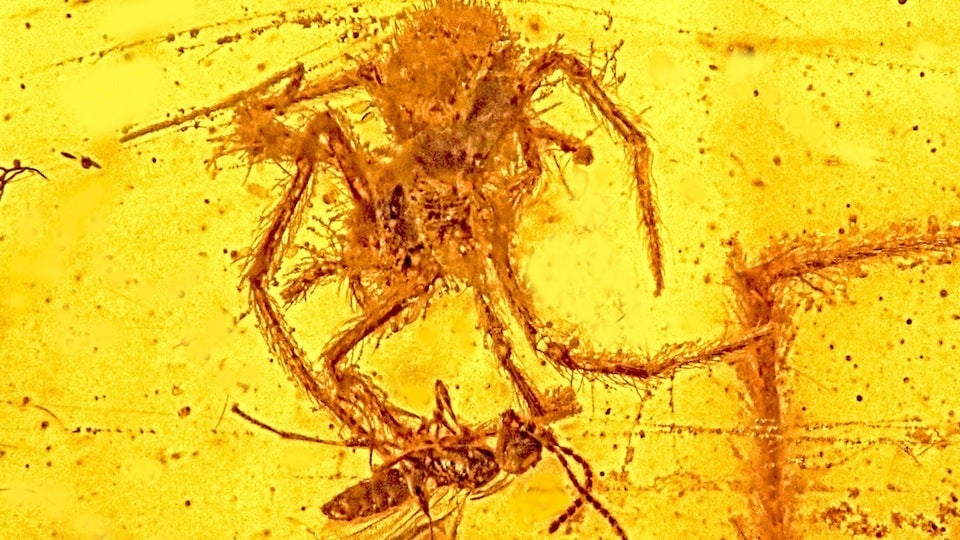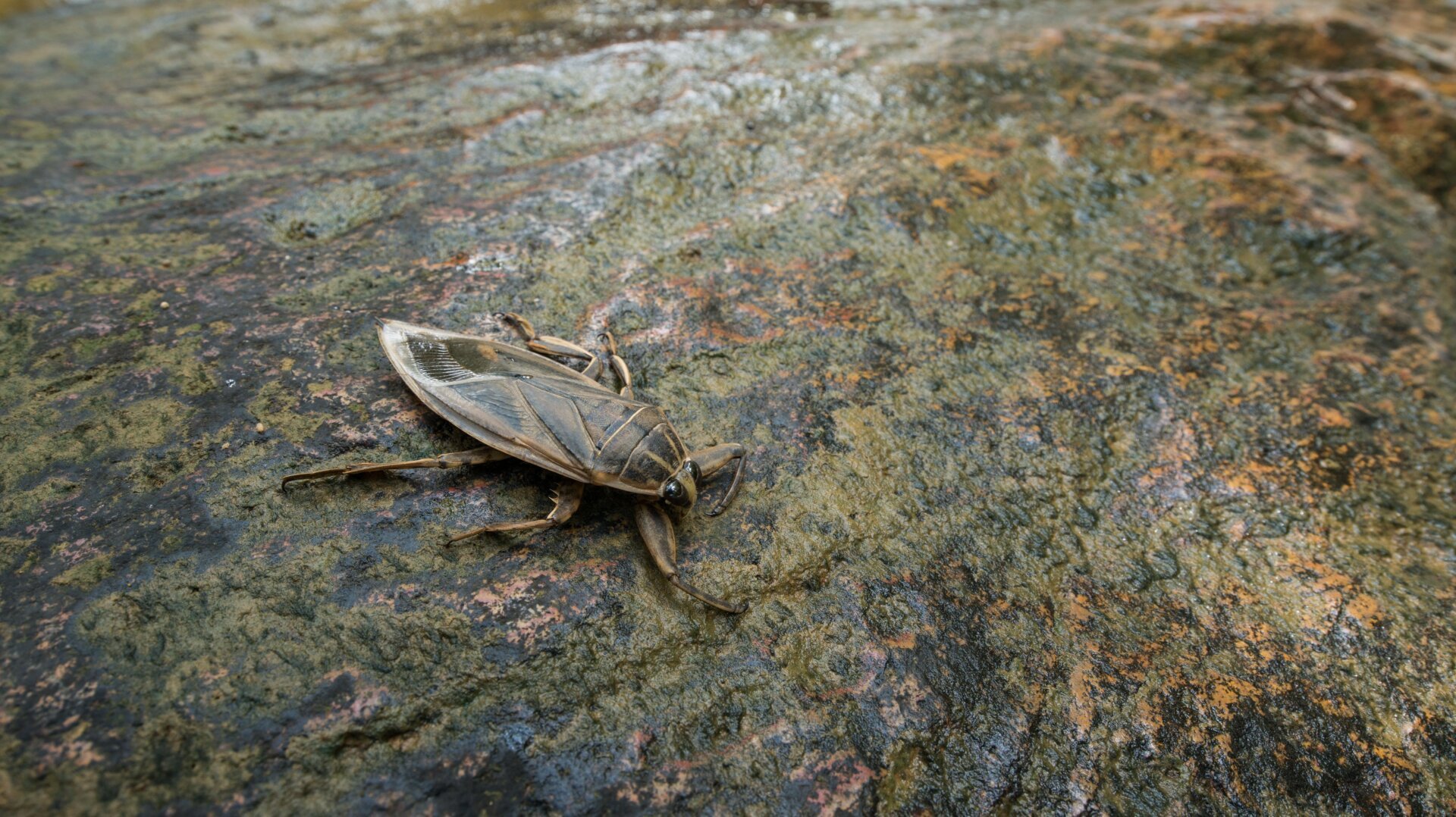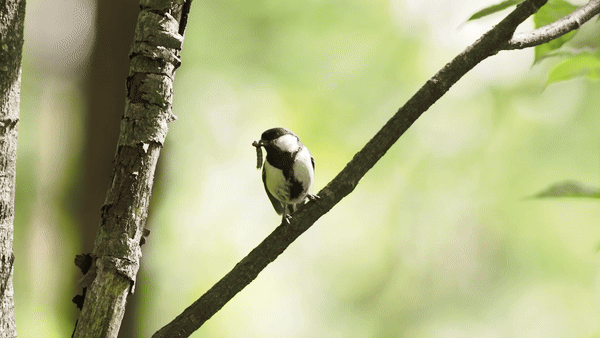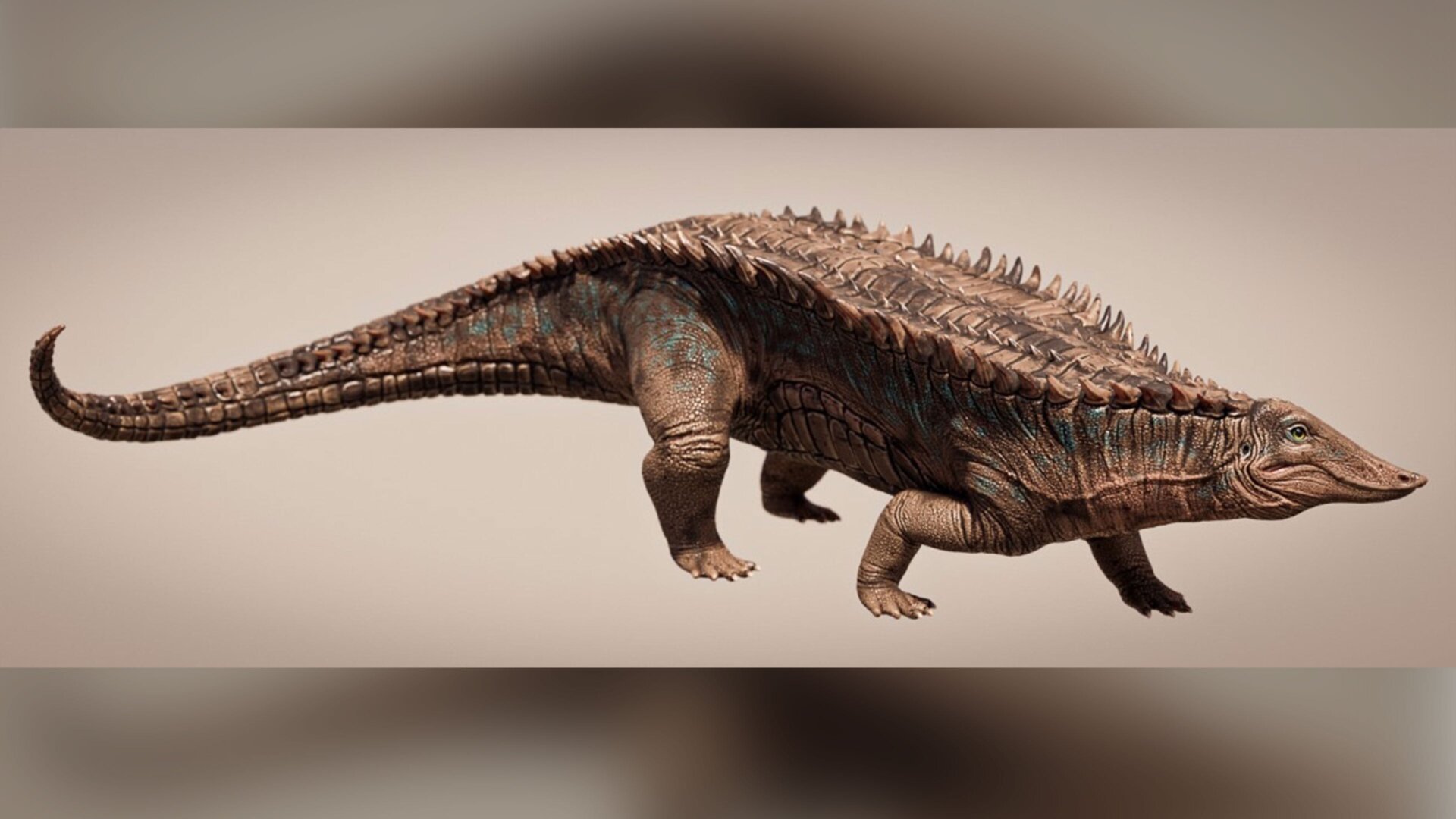In early February, under the cloak of night in Uganda’s Queen Elizabeth National Park, a remarkable event unfolded. Jacob, a three-legged African lion, and his brother, Tibu, embarked on a perilous journey across the treacherous Kazinga Channel. This wasn’t a leisurely swim; it was a strategic retreat.
The two brothers had ventured into the territory of rival male lion coalitions, seeking lionesses. According to Griffith University scientist Alexander Braczkowski, the encounter resulted in a brutal clash, leaving the siblings battered and defeated. Adding to the adversity, Jacob was already handicapped, having lost a foot to a poacher’s snare. The Kazinga Channel, teeming with hippos and Nile crocodiles, presented a formidable obstacle.
The lions made several attempts to cross the channel under the cover of darkness. Three times they turned back, likely deterred by encounters with the channel’s dangerous inhabitants, as detailed in a forthcoming paper in the journal Ecology and Evolution by Braczkowski and his team. Finally, on their fourth attempt, the determined duo successfully navigated the crocodile-infested waters, swimming an astonishing 1.5 kilometers (0.93 miles). This feat marks the longest documented swim ever recorded for lions.
 Gif: Luke OchseGif: Luke Ochse – Jacob and Tibu swimming across the Kazinga Channel
Gif: Luke OchseGif: Luke Ochse – Jacob and Tibu swimming across the Kazinga Channel
While not their first foray into the channel, this was the first time the lions’ aquatic endeavor was captured on film. Previous crossings were likely motivated by the search for mates and the significant human presence at the only land bridge, according to researchers. Braczkowski, who led the research expedition funded by Griffith University and Northern Arizona University, described Jacob’s condition as “quite bad” during this particular crossing. The footage, captured by Cape Town videographer Luke Ochse using a thermal camera mounted on a drone, depicts the lions as “two tiny little heat signatures crossing an ocean,” Braczkowski told the New York Times.
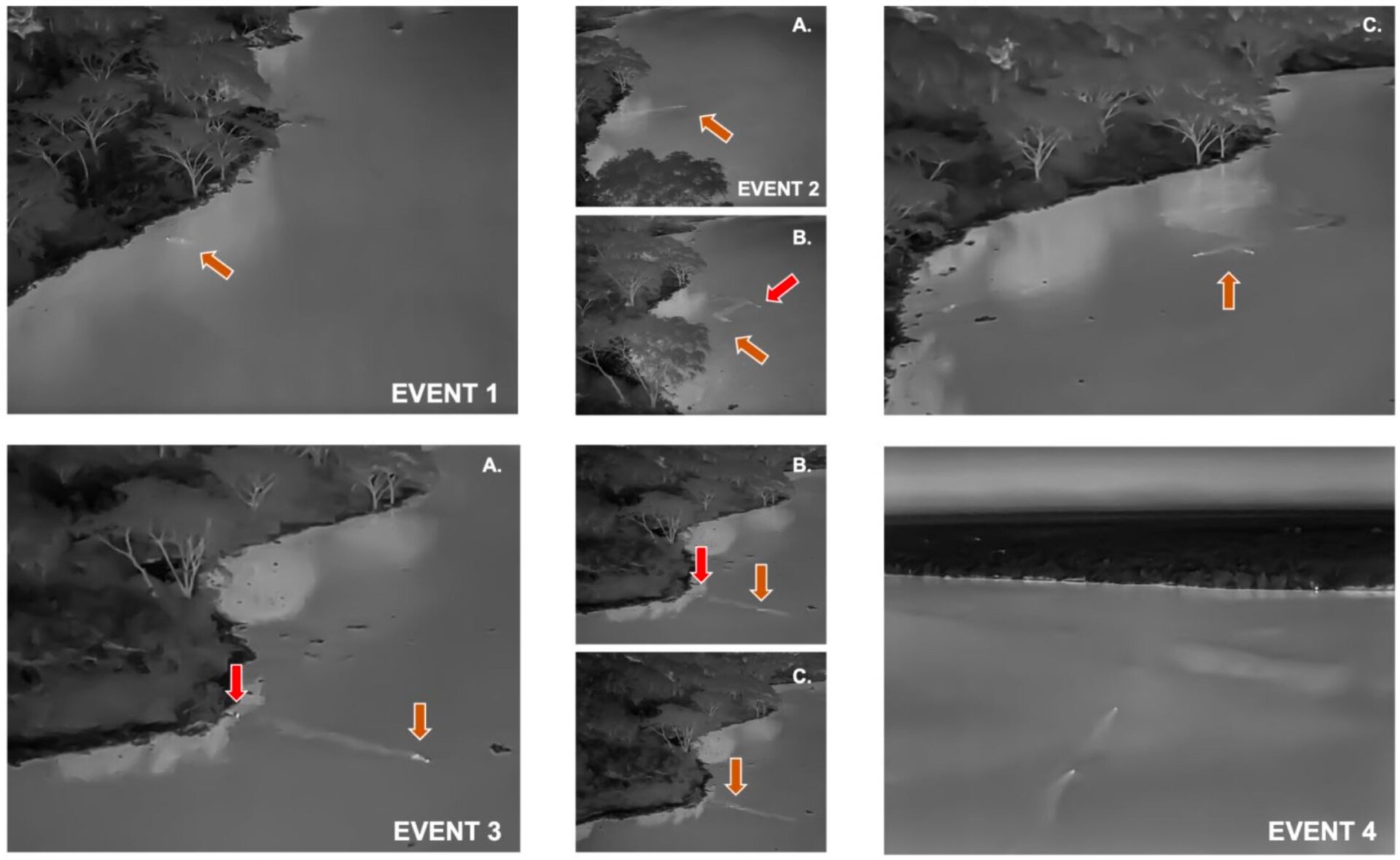 Image: Dr. Alex BraczkowskiImage: Dr. Alex Braczkowski – Researchers used a drone to film the lions’ journey
Image: Dr. Alex BraczkowskiImage: Dr. Alex Braczkowski – Researchers used a drone to film the lions’ journey
While lions have been observed swimming short distances, typically less than 100 meters (0.06 miles), they are not known for their aquatic prowess. This contrasts sharply with jaguars, which are renowned for their swimming abilities in wetland habitats like the Pantanal and Brazilian floodplain forests. The researchers suggest that an imbalance in the lion sex ratio, driven by poaching and retaliatory poisoning by farmers protecting livestock, may be the underlying cause of these unusual channel crossings. Braczkowski estimates that approximately 60,000 people reside within the park, primarily in fishing villages established in the 1960s.
Beyond the immediate motivations of mating and territory, this extraordinary swim underscores the increasing pressures faced by iconic wildlife due to human encroachment. As their natural habitats shrink and human activity intensifies, animals are forced to make difficult choices, such as navigating dangerous waters filled with predators. The researchers advocate for further investigation into the relationship between these long-distance swims and the functional habitats of large cats in human-dominated landscapes. Understanding these adaptations is crucial for effective conservation efforts.



